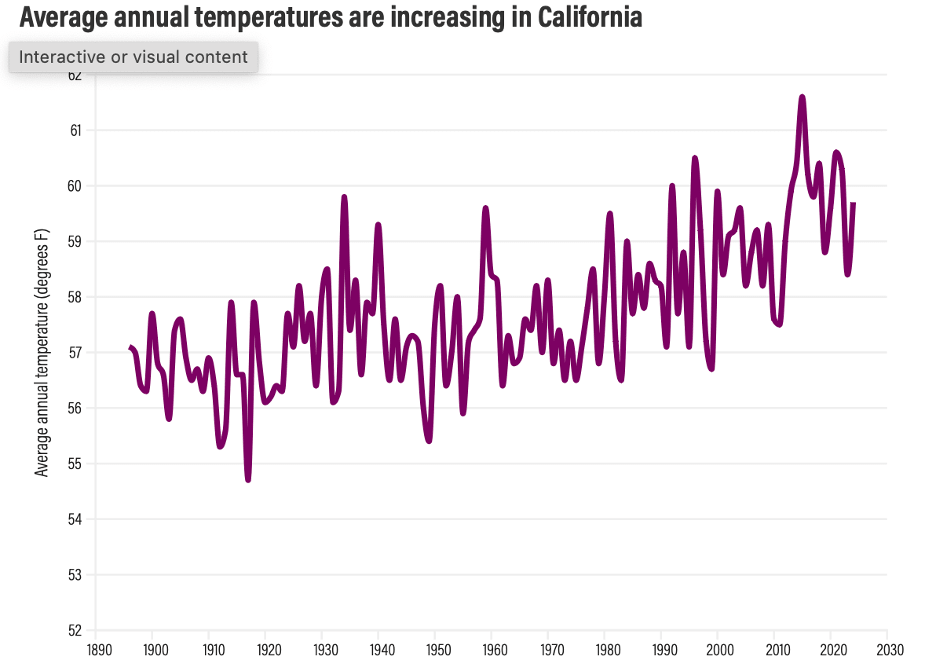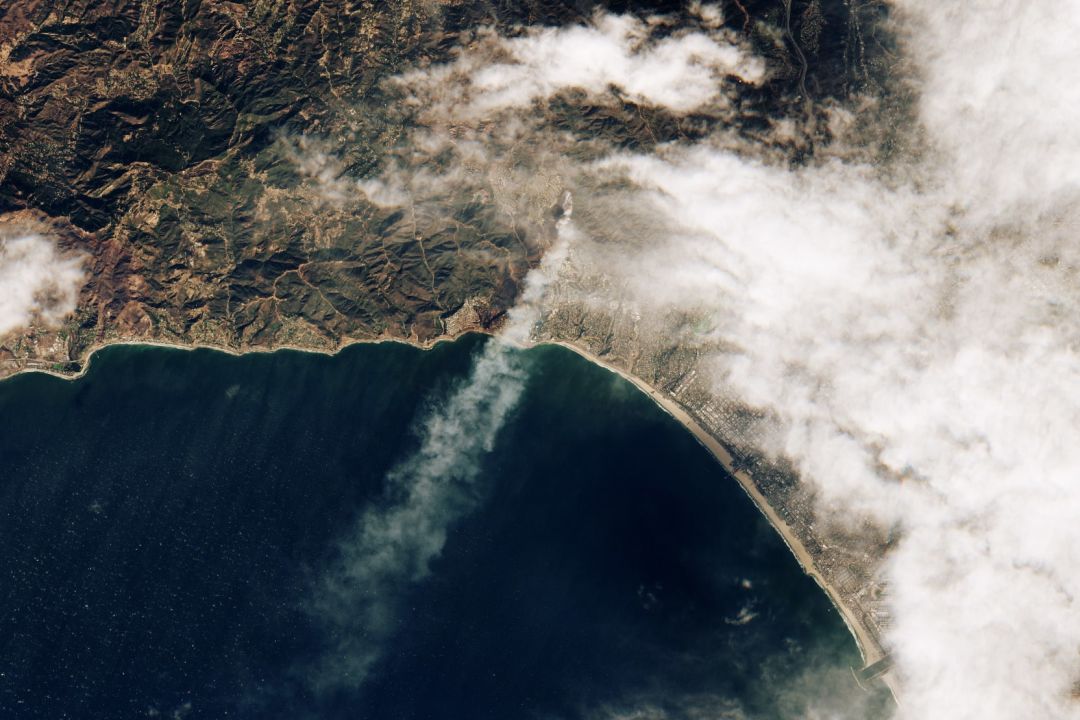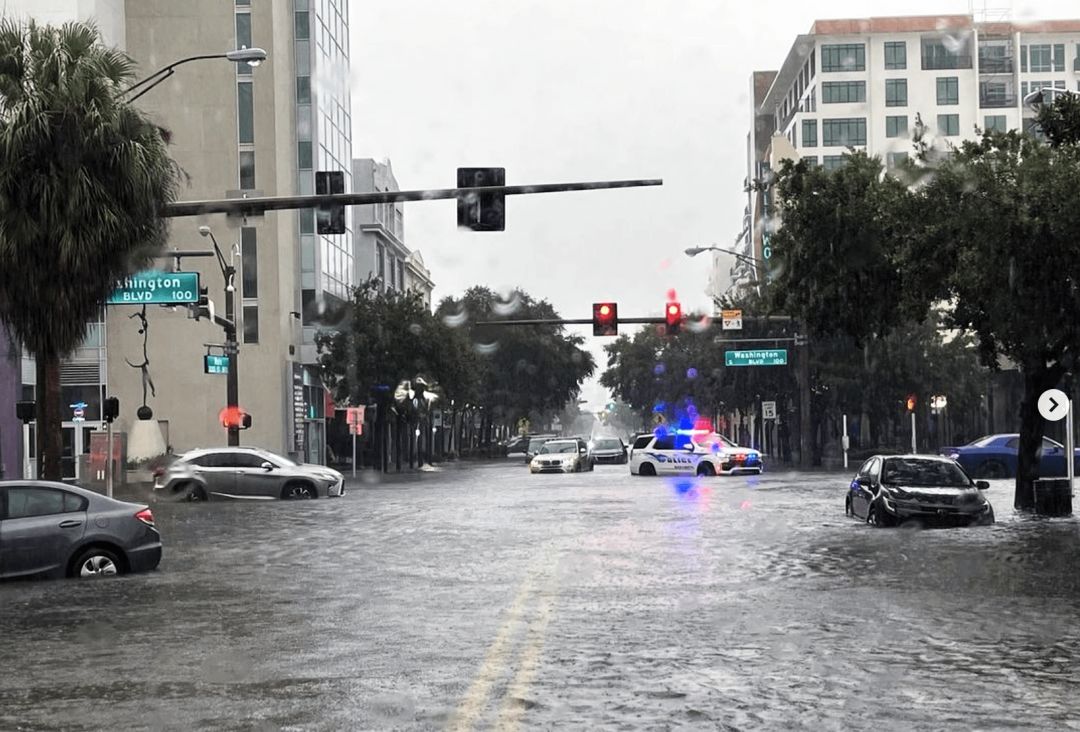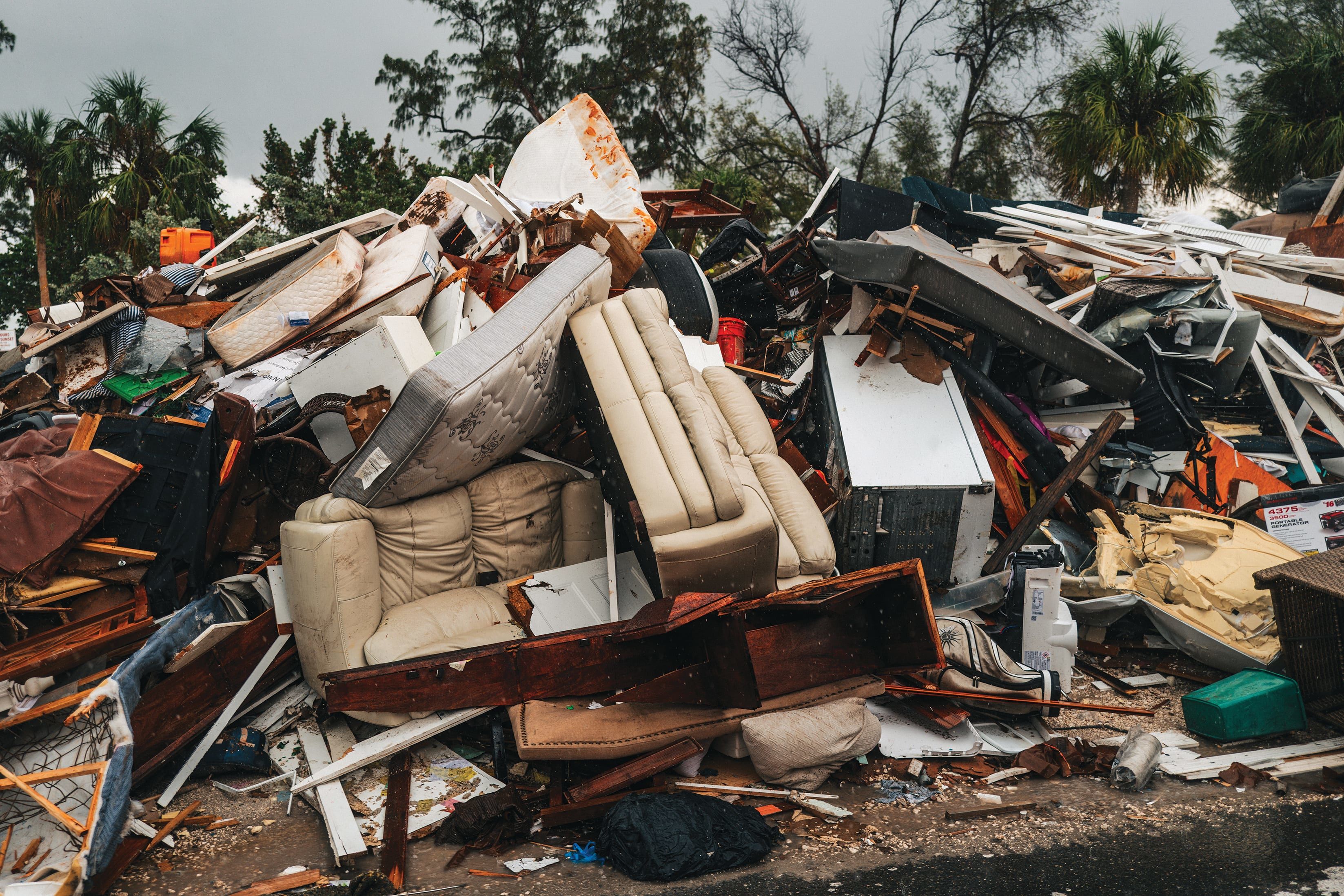The California Wildfires Are a Devastating Reminder of the Effects of Climate Change

Image: AP Photo/Ethan Swope
By now we've all seen the apocalyptic images coming out of Southern California. Five fires are burning in the Los Angeles area, powered by high winds and scorching acre after acre of land. Homes, businesses and historic structures have been damaged or destroyed, and at least 10 people have died, although that count is expected to rise.
Southern California is a high desert. Rainfall is tricky even in the best of times. And in a world where the climate has warmed by 2.7 degrees Fahrenheit in just over 100 years, as shown by National Oceanic and Atmospheric Administration data, the variability of rain has increased. That means the area either experiences more frequent droughts, or—as in 2022 and 2023—too much rain at once.
On top of this, California's Santa Ana winds—sometimes called the Devil's Winds—are notorious strong and dry. When they occur alongside significant drought conditions, they can result in firestorms that are almost unimaginably destructive, like the ones we're seeing now.

Image: Courtesy Photo
While the climate has been warming fast since 1970, California's population has doubled from 20 million to 40 million in that same time, creating demand to develop in areas that are already prone to fires and in areas where fire-prone shrub vegetation increases risks—especially in the area's many canyons, which act as wind amplifiers.
It seems people want to live in areas with terrific views in beautiful weather that most of the time is ideal.
To be clear, the urge is understandable. But pressure from population growth and a warming climate that creates long-lasting, super-dry conditions makes a lethal mix even more explosive.
January is not usually fire season in California—normally, the season is over by this time of the year. But drought set the stage for what is happening now. According to NASA, LAX airport recorded just 0.03 inches of rain since Oct. 1—the start of California's rainy season, or "water year." It's the region's driest start to the water year since records began in 1944.
However, in the two years proceeding this drought, the area experienced the opposite. Copious amounts of rainfall allowed for the growth of volatile grasses and scrub vegetation that dried out during the last several months. Now, combined with the Santa Ana winds, they've ignited.

Image: NASA
Scientists are now able to determine the role of climate warming in situations like the present one in Los Angeles. Attribution science—which links climate change to extreme weather, and which we talk about in the Climate Adaptation Center's Florida Climate Conference each year—has shown that the rapid swing from too much rain to too little has increased from 30 percent to 60 percent worldwide.

We see that happening here in Sarasota, too. After almost a year of drought conditions, nearly 4 inches fell in just one hour in June—a record.
This is all due to a warming climate.
While fires in California are an innate risk of living in that state, like hurricanes are in Florida, they are getting worse because of the combination of climate warming and a crush of people moving there. If we don’t adapt though better practices in zoning, land management and regulation, the pace of severe, climate change-enhanced events will continue to increase, and so will global temperatures.
The fact that Sarasota experienced three hurricanes in 65 days’ time last summer, and that California is now battling these deadly fires, show there really isn’t anywhere to hide.
Bob Bunting is a scientist, entrepreneur and educator and the CEO of the nation’s first Climate Adaptation Center (CAC), headquartered in Sarasota. The Climate Adaptation Center is an expert resource to inform government, academe, the private sector and philanthropy so they can create the necessary adaptation strategies and actions to protect the Florida way of life and foster the climate economy while larger global solutions evolve to solve the climate problem. Contact Bob at [email protected] for more information.



